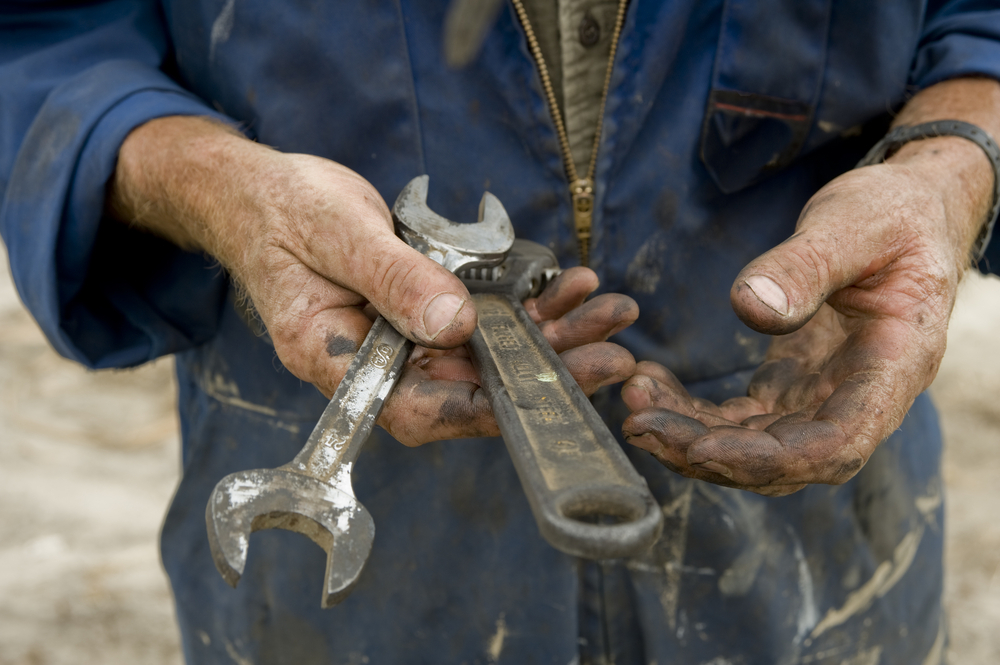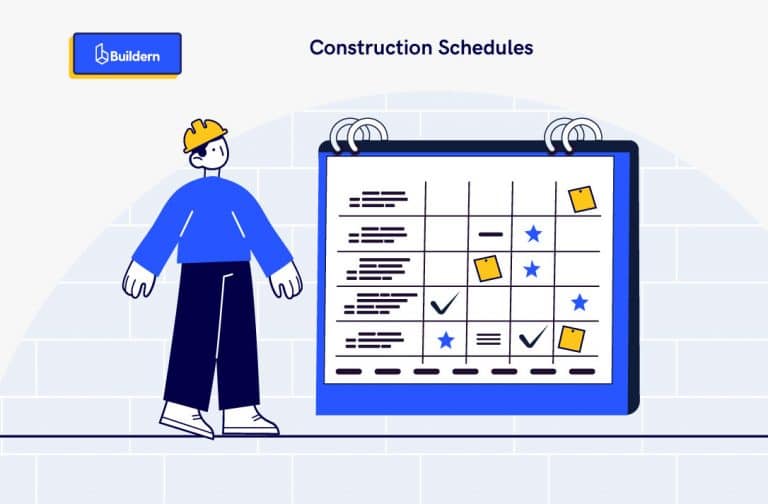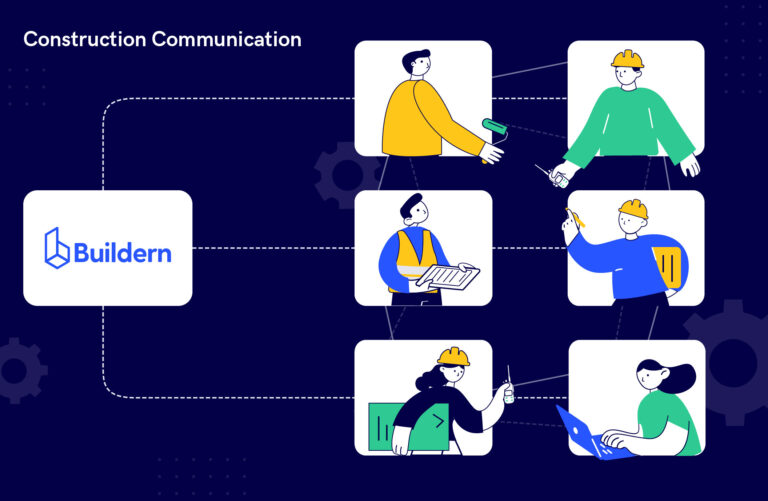7 Major Concerns Women in Construction May Have

When we think about a construction worker, most of the time, we imagine a man. Rarely would we think of a girl partaking in the excavation, laying bricks, or carrying heavy weights. And there’s a reason for it. According to the statistics, the percentage of women in construction is incomparably low, as 89% of construction workers in the U.S. are male. Of course, that’s a problem, especially when you live in an age where gender roles are constantly being questioned, and the world is striving to reach gender equity in all the industries possible. So let’s see why we don’t notice many women in construction and, most importantly, how we can fix that.
Table of Contents
- Women in Construction: Brief history
- The Growing Tendencies of Women in Construction
- 7 Challenges for Women in Construction
- The Benefits of a Diverse Workforce
- Conclusion

Women in Construction: Brief history
Medieval Years
Although it might sound surprising to many, women have been involved in construction work starting from the medieval ages. The first record of women working in the construction industry dates back to 13th century Spain. It notes about a group of women in Nevarre who were apparently employed as day laborers as they were working on wood and stone structures of the city.
But Spain wasn’t the only country hiring women for construction works back then. Records show that from the 13th to 17th centuries, there were skilled female construction laborers and tradespeople also in France, England, and Germany. Unfortunately, we can’t say how widespread this practice was. Keeping records of official women workers was considered socially unacceptable— women were seen as physically unfit to carry heavy labor, so involving them in construction was deemed immoral. That’s why most women workers would not be reported officially, and the only records we have of female laborers are anonymous.
However, historians believe that, although not reported, hiring poor women as construction day laborers was a common practice in the past. Women would work on the site to carry water, thatch roofs, ditch foundation for walls, and perform similar tasks. On the other hand, those women who had skilled building trades were typically middle-class. They usually picked up carpentry, masonry, or other similar crafts from their fathers or husbands.
Nevertheless, the number of unskilled workers severely decreased during the economic crises in Europe, and as a result, priority was given to unemployed men rather than women. This was also when women were restricted from participating in the trade guilds, so the daughters and wives who were previously involved in the family business had no right to continue it.
The Industrial Revolution
The situation was changed in the mid-18th century, during the Industrial Revolution, which completely altered the narrative. It expanded the labor market, so women were invited back to the construction sites as tradespeople and laborers. Moreover, this time, they were no longer socially condemned to work in the construction field.
As time passed, the world started to see the first women engineers and architects. One of them was Emily Warren Roebling, a prominent engineer of her times who directed the construction of the famous Brooklyn Bridge after her husband Washington Roebling got ill. She was the key to the project’s success, and as an appreciation gesture, President Chester A. Arthur invited her to ride with him across the full bridge’s length in 1883, when the bridge was officially opened.
At approximately the same time, Ethel Charles got admitted into the Royal Institute of British Architects, becoming the first woman to be accepted to the faculty. In 1902, Julia Morgan was the first to be admitted to one of the most prestigious architecture schools, École Nationale Supérieure des Beaux-Arts, in Paris and the first to become a licensed woman architect in California.
The number of women in construction grew enormously during World War II when thousands of men were fighting on the front lines. Women had to take charge of entire industries, previously predominantly ruled by men.
The situation changed when the troops returned, and women were fired from the jobs they held. Dissatisfied with the overall injustice, women eventually started the feminist movement of the 1960s, fighting for equal rights.
The Growing Tendencies of Women in Construction
We have already mentioned that the percentage of construction professionals women is pretty low: they comprise only about 10.9% of all people working in construction. But the good news is that this is about to change! The Smart Asset study showed that the number of women working as construction managers between 2015 and 2019 increased by 101%, reaching almost 100.000. This makes the construction manager the third fastest-growing job for women.
Another great news for women is that the construction industry is surprisingly also one of the highest gender-equality supporting industries in terms of salary. Women in this industry earn about 95 cents for every dollar their male counterpart earns. This is a really high number, compared to the other industries. In other words, the gender pay gap is smaller in construction, which can encourage women to step into the game.
So the central question is: Is the mindset changing?

A recent study conducted by McKinsey & Company says yes: 87% of companies participating in the survey claimed that gender diversity is a high priority. Overall, it seems like we’re about to see more women in construction in the upcoming years.
In her 2019 interview, Lisa Waxler, President of Elaine Construction Company, stated that she was optimistic about the state of the industry, “Women need not try to break into the construction industry. The door is wide open. We welcome you and need you to ensure its success and viability.”
The U.S. Bureau of Labor Statistics predicts that the number of construction jobs will grow by 10% between 2018-2028, which means that now, more than ever, is the time to welcome women in construction and promote diversity.
But before accepting women to the team, the construction company must understand the everyday challenges women confront on the field and in the industry in general and try to eliminate them.
7 Challenges for Women in Construction
Most of the time, construction is a pretty tough place for women to work in. In this article, we’ve highlighted a couple of common challenges women face in the construction industry, along with solutions for each of the problems. So let’s get straight into it:
1) Safety
The construction site definitely isn’t one of the safest places to work in. In fact, in 2020, the construction industry ranked highest by the number of fatal work injuries. But the sad part is that although the construction industry is a dangerous place for all of its employees, it’s even less safe for its female workers.
The thing is that many of the safety equipment and clothing must be precisely form-fitting for the employees to be effective. So if they are wearing an oversized welder jacked, it does more harm than good as it can easily be ignited during the welding routine.
As the percentage of women in construction is growing, the forms and safety equipment are being more and more adopted for the female workers. However, many construction companies lack the apparel fit for women at the moment, which makes the construction field work extremely dangerous for women employees.
Solution: Construction companies should strive to provide the correct working suit and PPE for their women employees. If not offered the right apparel and equipment, women employees should voice their complaints against the company.
2) Stereotypes
Most people think that being involved in the construction industry means getting their “hands dirty.” Forget about that. Construction is not only about the demolition of buildings and bricklaying. There are a number of jobs that do not even require you to be in the construction field and yet, are quintessential for the project’s success. You can be a part of the industry by being an architect, designer, construction manager, etc.

And with the modern digital construction management solutions, you don’t even need to step onto the construction field. All of the data required can be provided online so that you can oversee the entire process right from your computer.
Many women are simply unaware that the construction industry has so many job possibilities for them. They imagine only physically demanding work when thinking of a job related to the construction sphere.
Solution: The stereotype should be broken by raising awareness of the wide range of job opportunities and positions offered by construction companies.
3) Gender Segregation
As we’ve already mentioned, women in construction are not always welcomed as the industry is considered to be one of the most gender-segregated fields in the world —the vast majority of the building site workers are men.
Most of us still imagine the building site workers as staring men who are wolf-whistling and sexually insulting women. But of course, this view of the construction workers is highly outdated.
Nevertheless, it doesn’t stop women from feeling intimidated to work on the construction site. A study conducted by the Royal Institution of Chartered Surveyors has shown that approximately a third of women have hesitated to enter the construction industry because of their fear of sexism.
Solution: It’s inevitable to make harassment officially punished on the construction site. The construction workers should respect each other, no matter their gender, sexual orientation, or ethnicity. Otherwise, they should be responsible for their comments or actions.
4) The construction company’s ignorance of the problem
The worst part probably is not that all of the mentioned problems exist, but that most construction companies do not recognize or admit that they have those issues. Research done by Construction Industry Federation shows that the issue of gender inclusiveness is more of an industry problem. Here are their statistics:
- 65% of the companies report that there are not enough women in construction and that the construction companies fail to attract qualified female graduates.
- 59% of the companies consider the construction industry poor at hiring skilled female workers outside of the sector.
- 60% acknowledge that the industry failed to provide a flexible working environment for women.
- 52% admit that the industry has not done great in assisting women who have taken a career break and want to return to work.
- 71% of the construction companies admit that they need and would highly benefit from having more women in their workforce.
However, at the same time:
- 62% of the participants believe that their company is doing great in hiring and maintaining enough women workers.
- 71% of the participants believe that their company is providing a “women-friendly” environment for its female workers.
- Only 23% of the companies are actively seeking to recruit women.
- Only 30% believe that their company has to improve the gender balance.
In other words, if you take a close look at the statistics, you’ll see that although most companies realize that there is a gender equality issue in the industry that the majority of construction companies fail to solve, a tiny percentage of those companies actually does some work to improve the current situation, hire more women or make the working environment more female-friendly.
Solution: Construction companies should learn to look at the situation of their own company objectively, realizing that they have issues and being willing to solve them. Otherwise, the situation will never change.
5) The working environment for women in construction
We’ve already mentioned that most companies fail to provide suitable working apparel and safety equipment that are suitable for female workers. Sadly, that’s not the only problem: most women in construction have to work in a really not-female-friendly environment.
One of the examples is the lack of female-friendly restrooms. Portable restrooms are unavoidable for any construction site, but unfortunately, very few of them are designed to also meet the women workers’ needs.
Most of the restrooms are too small and are set up specifically for male employees. This makes it impossible for women workers to take care of their monthly hygiene.
Solution: When building the working environment, construction companies should keep the needs of their women employees in mind. For instance, when it comes to the restrooms, ADA portable potty could fix the problem.
6) Going back to work after the maternity leave
Maternity leave is one of the most significant barriers for women entering the construction sector. In the U.K., for instance, the statistics show that only 15% of the construction companies give their female workers more than 18 weeks of statutory maternity leave, whereas the national average is 27%. At the same time, although 44% of females in the U.K. work part-time, only 5% of them are in the construction industry.
In other words, construction companies do not provide enough time and possibilities for women to leave for maternity leave or easily come back to work after it.
Solution: Construction companies should start offering normal conditions for maternity leave and welcoming back their female workers to their positions once the maternity leave is over.
7) Psychological factors
Finally, the last challenge on our list is the psychological one: when there is a small percentage of women in construction, the female workers feel psychologically pressured.
The sad truth is that currently, most industry workers are male employees who have a hard time accepting their blame in certain situations and are often shady about the timelines and the actual present state of the project.
And that’s not it. In one construction survey, 80% of women employees claimed that they feel respected by their coworkers. However, only 65% claimed that their leadership listens to women and men employees equally.
Solution: The leadership, and the working staff in general, should not put any differences between the male and female workers, giving both equal opportunities to voice their concerns or suggestions and treat both of their opinions equally.
The Benefits of a Diverse Workforce
Making the construction workforce more diverse and practicing gender equivalency means increasing the construction project’s productivity. A diverse workplace will allow the team to come up with different, exciting ideas and practice them more efficiently, thanks to the range of skills among employees. But to reach that, we first need to educate women who want to get into the construction industry, show them that it is possible, and give them the required skills and knowledge to step into the game.
Conclusion
Besides all of the challenges that exist for women in construction, the future seems to be pretty bright for female construction workers. New opportunities will appear soon, as construction companies are already striving to reach more gender equality in their workforce. Of course, there is still a lot of work to do to offer a truly diverse workplace, but the good news is that the construction industry is already on its way!






